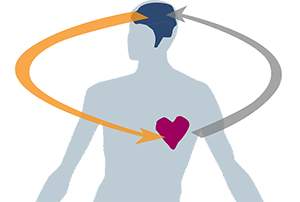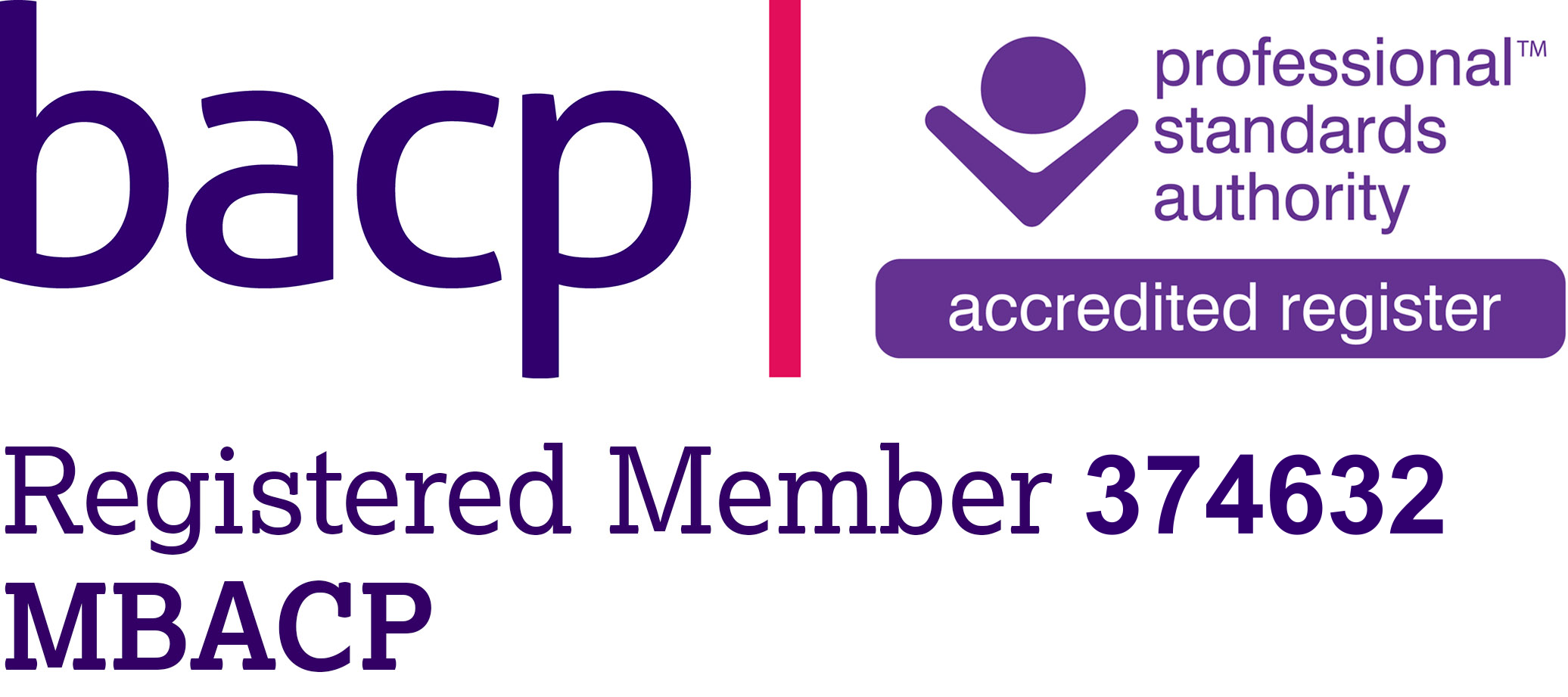
TEN GROUNDING TECHNIQUES
Grounding Techniques are an essential tool to help you re-orient to the present moment, when you are experiencing flashbacks, overwhelming emotions and traumatic memories.
Grounding Techniques can be used in a variety of emotional difficulties, including:
- Dissociation
- Trauma (PTSD, cPTSD, traumatic memories)
- Personality Disorders
- Self-Harm
- Anxiety
3 things to remember before we start
Practice, practice, practice!
Like any other skill, practice is important to master it. Try grounding as often as possible, so that it will be easier to use when you actually need it!
Avoid Judgement
Try not to attach judgement to what you are seeing, touching, hearing, smelling or tasting. Stick to the raw experience as much as you can without going into how you feel about it.
Find what works best for you
Try different techniques to find which ones work best for you.
SIGHT
Name and describe what you see around you: What can you see around you? Name the things you see and try to describe each one in as much detail as possible.
HEARING
Put on your favourite song: Give your favourite song all of your attention, like if you were listening to it for the first time.
Listen to and focus on the sounds around you: What can you hear in this moment? Is there traffic, voices, a washing machine running, music, etc.?
SMELL
Try essential oils, your favourite plants or any comforting aroma: Smell can be a very powerful way to soothe and comfort yourself. Strong smells can grab your attention and bring you back to the present very quickly.
TASTE
Eat something in a mindful way: Fully experience the food you choose and focus on the sights, aromas, textures, flavours and the experience.
TOUCH
Touch different objects around you: A pen, your clothes, the chair, the walls, etc. Notice
textures, colours, temperature.
Hold an ice cube: Watch it, feel it and notice the sensations while it melts in your hand.
BREATHING
- Breathe in through your nose while slowly counting to 4
- Pause for 1 second
- Exhale while slowly counting to 4
- Repeat for a few minutes until you notice a change in how your body feels
- If you get distracted or your mind wanders, just bring your attention back to your breathing
BODY CONNECTION
If you have lost connection with your body, rub your arms and legs so that you can feel where you body starts and ends.
SOOTHING
Cuddle your pet: Spend some time cuddling your pet and focusing on the sensations you feel.
Touch something comforting: Wrap yourself in a snuggly and soft blanket and notice the sensations.
Learn More
Identifying emotions by making sense of body signals in Self-Harm
This is supporting why treatment approaches should increasingly focus on helping people regulate their emotions through developing a better understanding and connection with what the body is communicating.
Many times for people that self-harm is difficult to identify their mental states or recognise and make sense of body signals: they often talk about a general sense of feeling overwhelmed by emotions or feeling detached and numb. So self-harm can act as a stronger sensation that provides immediate relief from feeling overwhelmed or brings them back from feeling detached.
According to neuroscientist Antonio Damasio, emotions are a physical reaction to a change, while feelings are the result of our brain reading and interpreting these body reactions. This explains why it is very important, when you seek therapy for self-harm, to focus on reconnecting with your body to help you identify and then regulate your emotions.



